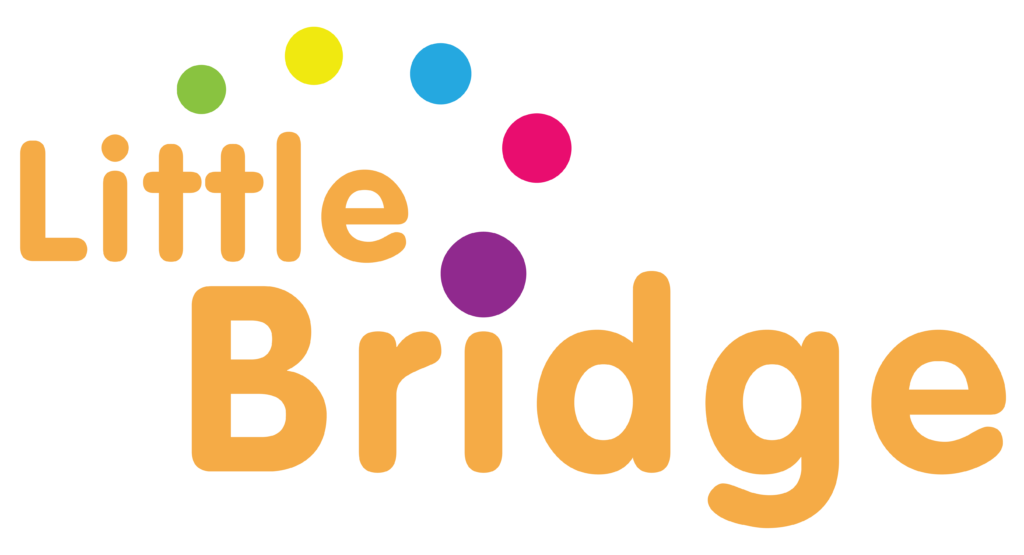Paul Rogers, author of Little Bridge, explains how to help your child learn English grammar.
Nothing grimmer than grammar
Why does grammar get such a bad press? Why do students groan at the mere mention of it, and feel it is the difficult, the dull, the dead, the abstract part of language learning?
Is it because they are aware that they learned to master perfectly their own language without ever having any need of it? Probably not. The ‘short cuts’ that grammar can offer are important when you don’t have all the exposure to a second language that you had to your first. But if it’s so useful, why does it undeniably turn students off?
There are two main reasons. One is the way we teach it. The other is the way the curriculum is shaped by it. This piece is about the way we teach it. The next piece will deal with the grammar centred curriculum.
How to help your child learn English grammar – Choosing the right approach
Over the time I’ve been teaching I’ve seen all sorts of approaches to grammar, from teaching a rule then rehearsing random examples of it, to avoiding all mention of grammar for fear of alienating students. Right now the pendulum is at a fairly sensible, central position between these extremes. Students are widely encouraged to discover new structures and patterns for themselves, once they have seen and understood examples of them in context. The challenge then is how to provide enough productive practice – how to generate enough use – of the new grammar, so that learners will really get it ‘under their skin’.
Whether it’s a text message, a paragraph or a conversation, most students will only want to understand why and how it means what it does if the thing itself – if what it means – is of interest to them. In other words, meaning is king. As you move away from this, you lose your students. Activities designed to practise new grammar therefore have to be interesting in themselves. They need to be ingenious, or fun, or engaging. If they feel like medicine, they won’t work.
How to help your child learn English grammar – targeted practice
A common reaction to this problem is simply not to require students to do such practice, to move on instead to something else more appealing. But this is not a solution: it is pedagogical cop-out. The key thing a language learner needs is practice. The best means of providing this is through carefully targeted, game-based software that gives instant feedback, where learners can make all their mistakes in private, and where audio and graphics can conjure up a lifelike, meaningful context. If meaning is pre-eminent, students will not even be aware that they are ‘practising grammar’. Who knows: learned like that, grammar may one day no longer be a dirty word!
Written by Paul Rogers, author of Little Bridge
If you enjoyed reading ‘How to help your child learn English grammar’, you can read more blogs by Paul Rogers here.
Help your child learn English using Little Bridge! You can get started for free, find out more here.


